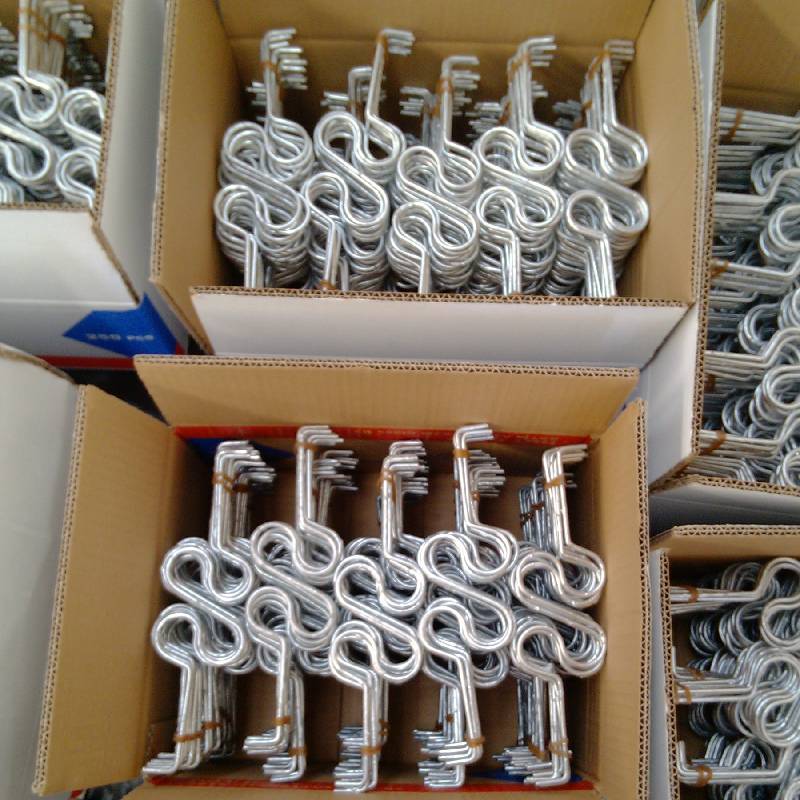
- Mobile Phone
- +8613931874955
- sales@cntcmetal.com
Applications and Benefits of Welded Reinforcing Mesh in Construction and Structural Projects
Welded Reinforcing Mesh An Essential Component in Modern Construction
Welded reinforcing mesh, commonly referred to simply as welded mesh, plays a critical role in the construction and engineering sectors. This versatile product is designed to provide structural integrity to concrete structures, ensuring they can withstand various stresses and loads over their intended lifespan. As urbanization continues to grow and infrastructure demands increase, the importance of welded reinforcing mesh has only escalated.
What is Welded Reinforcing Mesh?
Welded reinforcing mesh is a grid-like material made from steel wires that are welded together at each intersection, typically forming square or rectangular shapes. The process of fabrication often involves high-quality steel to enhance durability and resistance to corrosion. This mesh is commonly used in concrete slabs, floors, walls, and even in precast concrete elements, providing reinforcement that prevents cracking and improves load-bearing capacity.
Benefits of Welded Reinforcing Mesh
1. Enhanced Structural Integrity One of the primary functions of welded mesh is to distribute loads evenly throughout the concrete. This prevents localized stress points that may lead to cracking or failure over time. The uniformity of the mesh allows for more consistent performance and enhanced longevity of the structures.
2. Time Efficiency Using welded reinforcing mesh can significantly reduce labor time on construction sites. Unlike traditional reinforcing methods that involve tying individual bars together, welded mesh comes pre-fabricated and ready to install, speeding up the construction process.
welded reinforcing mesh

3. Cost-Effectiveness While the initial investment might be higher than other forms of reinforcement, the reduction in labor costs and the minimization of material waste ultimately make welded reinforcing mesh a more economical choice in large-scale construction projects.
4. Versatility Welded reinforcing mesh can be utilized in various applications, from residential buildings to large commercial projects, as well as in road and bridge construction. Its adaptability makes it a go-to choice for engineers and architects looking to ensure the strength of their designs.
5. Sustainability Many manufacturers now produce welded mesh from recycled materials, making it a more sustainable option. As the construction industry steers toward greener practices, welded reinforcing mesh can contribute to environmentally-friendly building initiatives.
Application Scenarios
In residential construction, welded reinforcing mesh is often used in pouring concrete floors, driveways, and patios, providing a solid foundation and extending the life of these structures. In commercial settings, it can be found in industrial floors, underground parking areas, and even in precast panels for buildings. Its use in infrastructure projects, such as highways and bridges, showcases its strength and ability to handle high loads, ensuring safety and reliability in public works.
Conclusion
In conclusion, welded reinforcing mesh is an indispensable element in modern construction. Its ability to enhance structural integrity, save time and costs, offer versatility across applications, and support sustainable building practices makes it a preferred choice for engineers and builders globally. As the industry evolves with new materials and methods, the fundamental principles of strength and reliability that welded reinforcing mesh provides will continue to be relevant, ensuring that constructions are not only functional but also durable and safe for years to come. Investing in high-quality welded reinforcing mesh is investing in the future of construction excellence.
share:
-
Your Source for Concrete Wall Ties and Masonry AccessoriesNewsJul.10,2025
-
Unlocking the Power of Iron Wire for Every ProjectNewsJul.10,2025
-
Explore Advanced Chain Wire and Stainless Steel Mesh FencingNewsJul.10,2025
-
Discover the Benefits of Annealed Wire ProductsNewsJul.10,2025
-
Discover China Stainless Steel Wire Mesh SolutionsNewsJul.10,2025
-
Build with Confidence Using High-Performance Masonry AccessoriesNewsJul.10,2025
-
Why Sacrificial Formwork Is Redefining Underground ConstructionNewsJun.06,2025



















